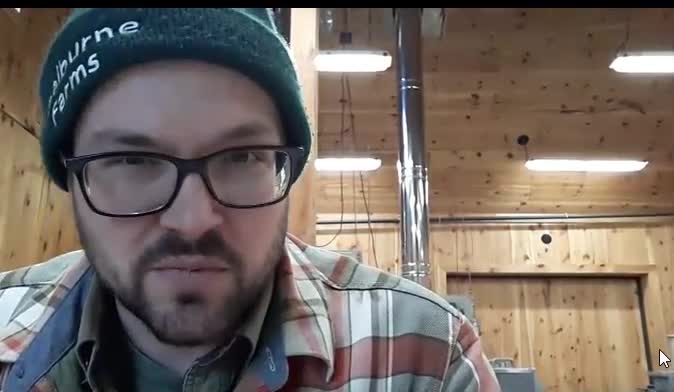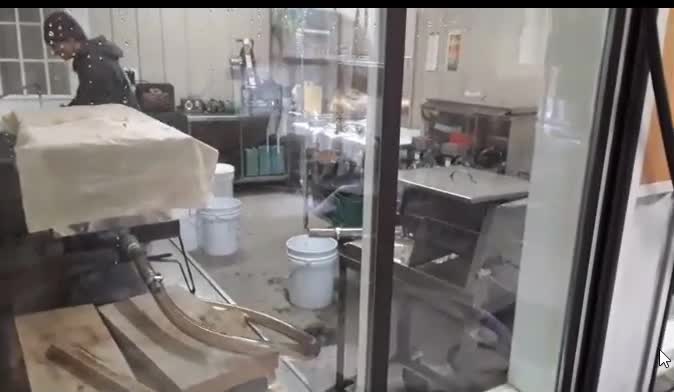Search Results
Results for: 'Maple Music Co.'s Sustainability Initiative'

Cultural Responses to Economic Change in the Maple Industry
Presentation by Michael Lange, Associate Professor, Champlain College. Plenary Talk at the 2017 Vermont Maple Conference, recorded January 2017.

Shelburne Farms Maple Sugaring Part 1: Intro
Shelburne Farms Maple Sugaring Tour with George Conklin

Shelburne Farms Maple Sugaring Part 2: Stand Management, Tapping and Impact
Video tour of Shelburne Farms Maple Sugar facility

Shelburne Farms Maple Sugaring Part 5: Tap Sap to Syrup
Tour of Maple sugaring operation at shelburne farms with George Conklin of Shelburne Farms

Some producers use membrane separation (called "reverse osmosis" or simply "RO" within the maple industry) in addition to evaporation with heat. In this process, sap is forced through membranes that have pores which are large enough for water to p...

Like people, plants have strong mechanisms to prevent the spread of microorganisms within their tissues. Trees are capable of "walling off" wounds to prevent infections from spreading throughout the tree. This healing process also slows, and event...

In Vermont, Grade A maple syrup is divided into four distinct color classes. Those classes are Golden, Amber, Dark and Very Dark. The lightest grade of syrup, Golden, has the most delicate flavor. A lot of the time it will be made at the beginning...

Compared to the relatively simple composition of maple sap, maple syrup has over 130 different identified flavor and aroma compounds. The predominant classes of flavor compounds are phenolics, pyrazines, and carbonyl-based compounds. Typically, li...

The USDA National Agricultural Statistics Service or NASS has released the crop totals for the 2020 maple season. Vermont let the US again in total production with 2.2 million gallons. That is 50% of all the syrup made in the country. Vermont suga...